Grit & Gold: Exhibition themes
About the exhibition
Sport is a storytelling machine. And for Australians that machine is prolific. The Australian popular imagination is crowded with stories drawn from sporting contests. Whether it is Ash Barty winning the Australian Open in 2022, Betty Cuthbert’s ‘Golden Girl’ moment at the 1956 Olympics or cricket’s infamous ‘Bodyline series’ of 1932–33, there are almost too many stories to tell.
The National Library is a place where these stories can be found and retold for future generations. The books, magazines, paintings, drawings and photographs held by the Library provide a storehouse of memories for all Australians to cherish.
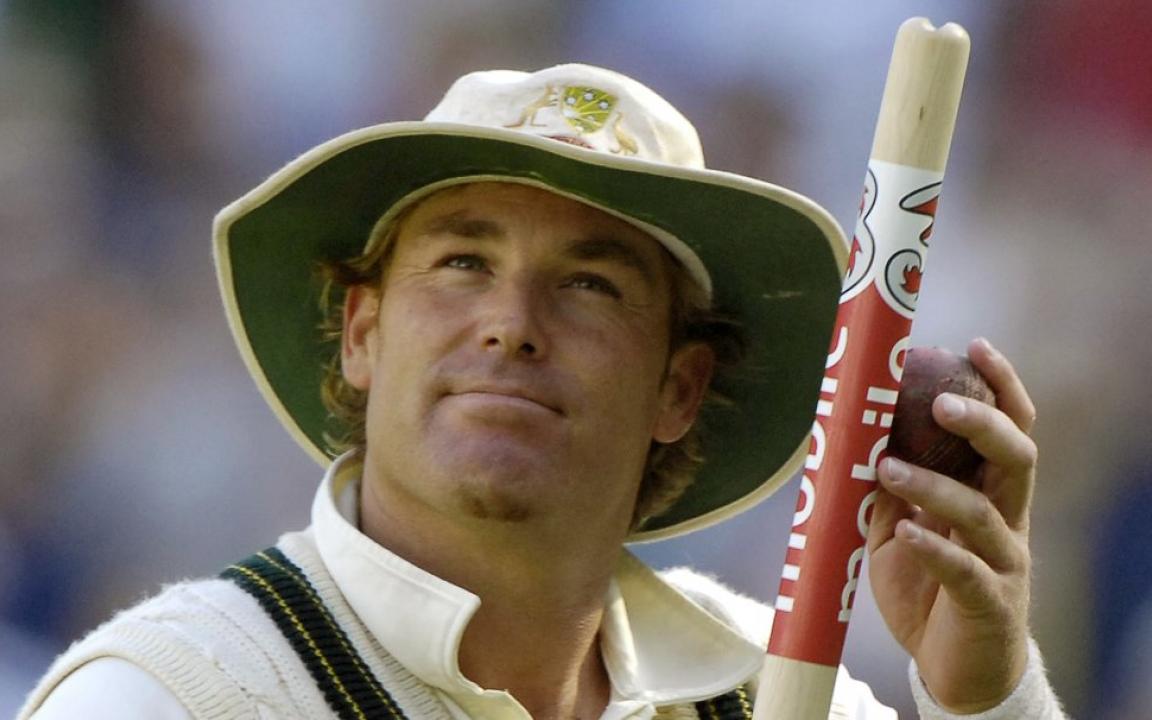
Steve Holland, Australian cricketer Shane Warne holding a cricket ball and stump at the end of the Fourth Test of the Ashes Series, at the Melbourne Cricket Ground, 28 December 2006, nla.gov.au/nla.obj-137980452
Steve Holland, Australian cricketer Shane Warne holding a cricket ball and stump at the end of the Fourth Test of the Ashes Series, at the Melbourne Cricket Ground, 28 December 2006, nla.gov.au/nla.obj-137980452
Selected themes
The convicts, soldiers and settlers who came to Australia to set up an outpost of the British Empire brought with them the sporting culture of eighteenth-century Britain. As the colonial settlements grew, opportunities for leisure and sport increased.
Hunting, horseracing, cricket, rowing and boxing were just some of the British sports which found a new home in Australia. These pastimes became a focus of colonial life, and the athletes who excelled at them quickly became some of the most celebrated personalities in colonial society.
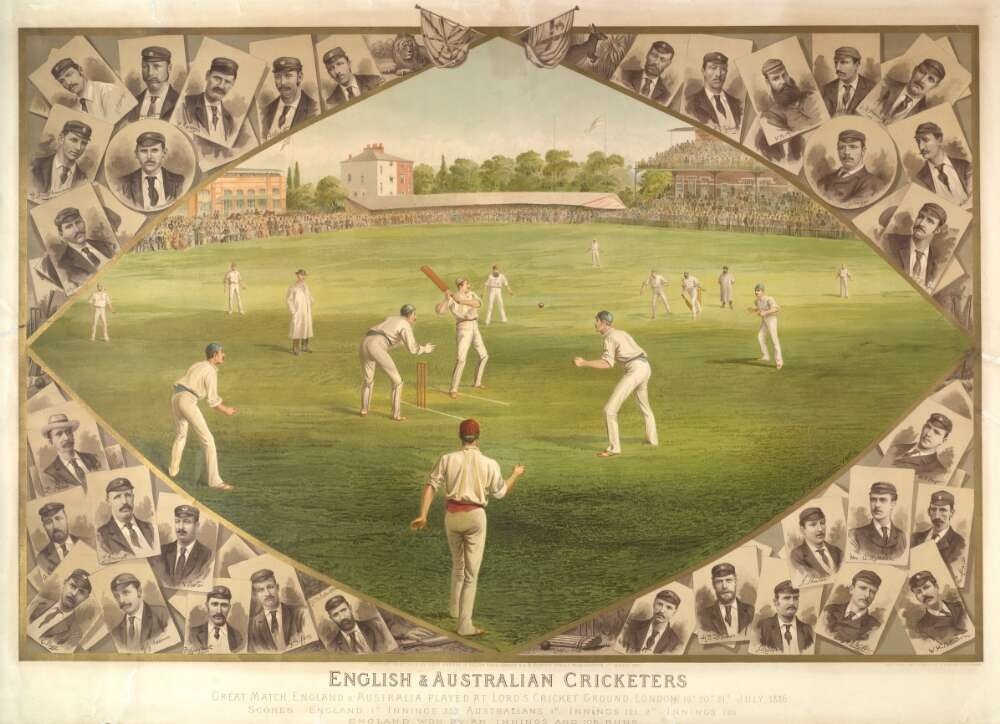
I. F. Weedon, English & Australian cricketers great match, England v. Australia played at Lord's Cricket Ground, London, 19th, 20th, 21st July, 1886., 1887, nla.gov.au/nla.obj-136081473
Supporting the local football team, going to the pool, playing tennis, golf or bowls - these are all things which Australians know well. Local teams provide entertainment for fans and help promote a sense of shared identity in towns, villages and cities.
Sports carnivals and inter-school competitions help build camaraderie among students. Whether it takes the form of a school competition, a suburban sports team or an amateur tennis competition, community sport has long been the focus of Australian sporting culture.

Bruce Howard, Anna Bacic, Westall High School, added fifteen feet to the javelin record at the Monash division of the metropolitan high school sports, Melbourne, Victoria, 28 September 1972, nla.gov.au/nla.obj-141724663
Tobacco, beer and poker machines - sport has a long history of being used to sell things.
Sporting entrepreneurs know that fans will pay to see their champions. Gambling, admission tickets, memberships, media, advertising, endorsements and sponsorship all provide ways to generate income from sporting spectacles.
These forces have seen elite Australian sport slowly shift from a proud amateur tradition to an increasingly commercial focus. This move to professionalism was resisted by some sports bodies, such as the Olympic movement and rugby union, but by the end of the twentieth century the best athletes had embraced being paid to play. It was only fair that athletes needing to train full-time should be paid for their hard work and compensated for the possibility of injury.
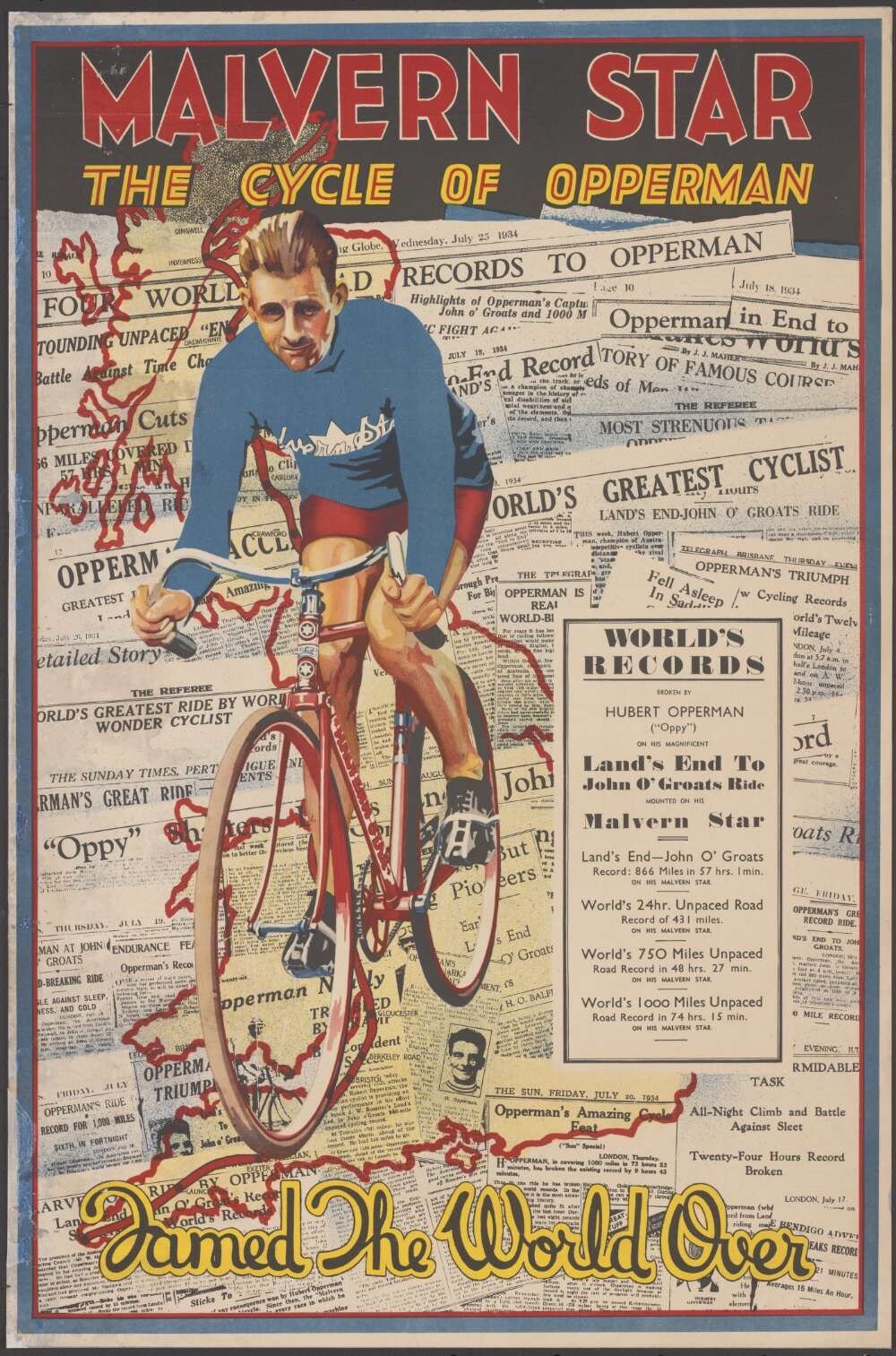
Malvern Star (Firm), Malvern Star the cycle of Opperman famed the world over, 1934, nla.gov.au/nla.obj-137061160
The professionalisation of elite women's sport, while occurring later than for men, has gathered momentum in recent decades.
Golf and tennis tournaments saw an increase in prize money for women in the 1970s, though it was still modest in comparison with the men's prizes. Women's basketball established a national league in Australia in the 1980s, putting it on a path towards becoming fully professional.
More recently, professional women's national leagues have been established in soccer (2008), cricket (2015), netball (2016), Australian rules football (2017) and rugby league (2018). These sports have also negotiated broadcast and sponsorship agreements that brought more money into their codes. While the pay gap has not fully closed, elite women's sport has been transformed.
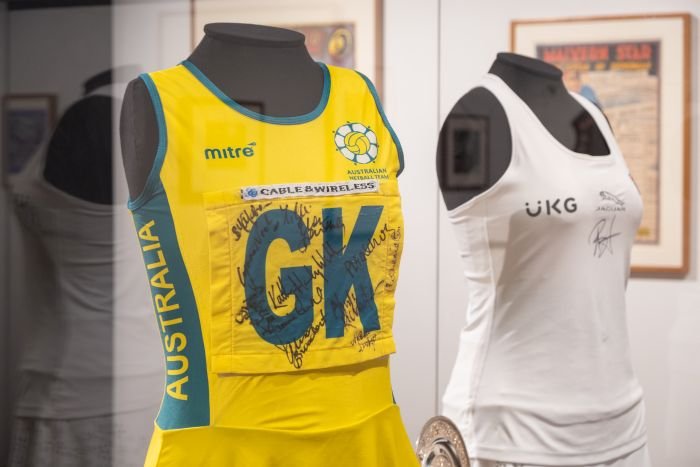
Left to right: Netball Dress Worn by Liz Ellis at the Netball World Championships, Jamaica 2003; White Fila Tennis Outfit, Designed for and Worn by Ash Barty during the Wimbledon Tournament 2021
Whether it is a football grand final, any of the many Olympic Games events or a Formula 1 motor race, Australians will turn out in their hundreds of thousands to watch major sporting events. The crowd numbers are matched by the ratings achieved on radio, television and streaming services.
Watching sport live is a major Australian pastime. Every day, across the nation, Australians from all walks of life attend sporting events or tune in to watch their champions display their considerable skills.
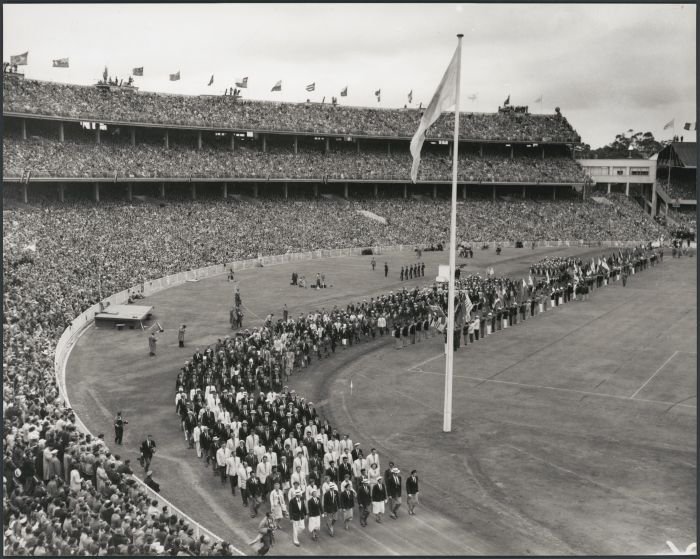
Bruce Howard, Olympic athletes march together during the closing ceremony of the Melbourne Olympics, Melbourne Cricket Ground, 1956. nla.gov.au/nla.obj-147877423
Sporting heroes are elevated beyond everyday life.
Names such as Don Bradman and Shane Warne, or Cathy Freeman and Ash Barty, have come to conjure up much more than simply individual examples of sporting greatness. They have become part of the social glue which draws Australians together.
These sporting superstars help build a sense of community and pride, not only on the local or national level, but also on the world stage.
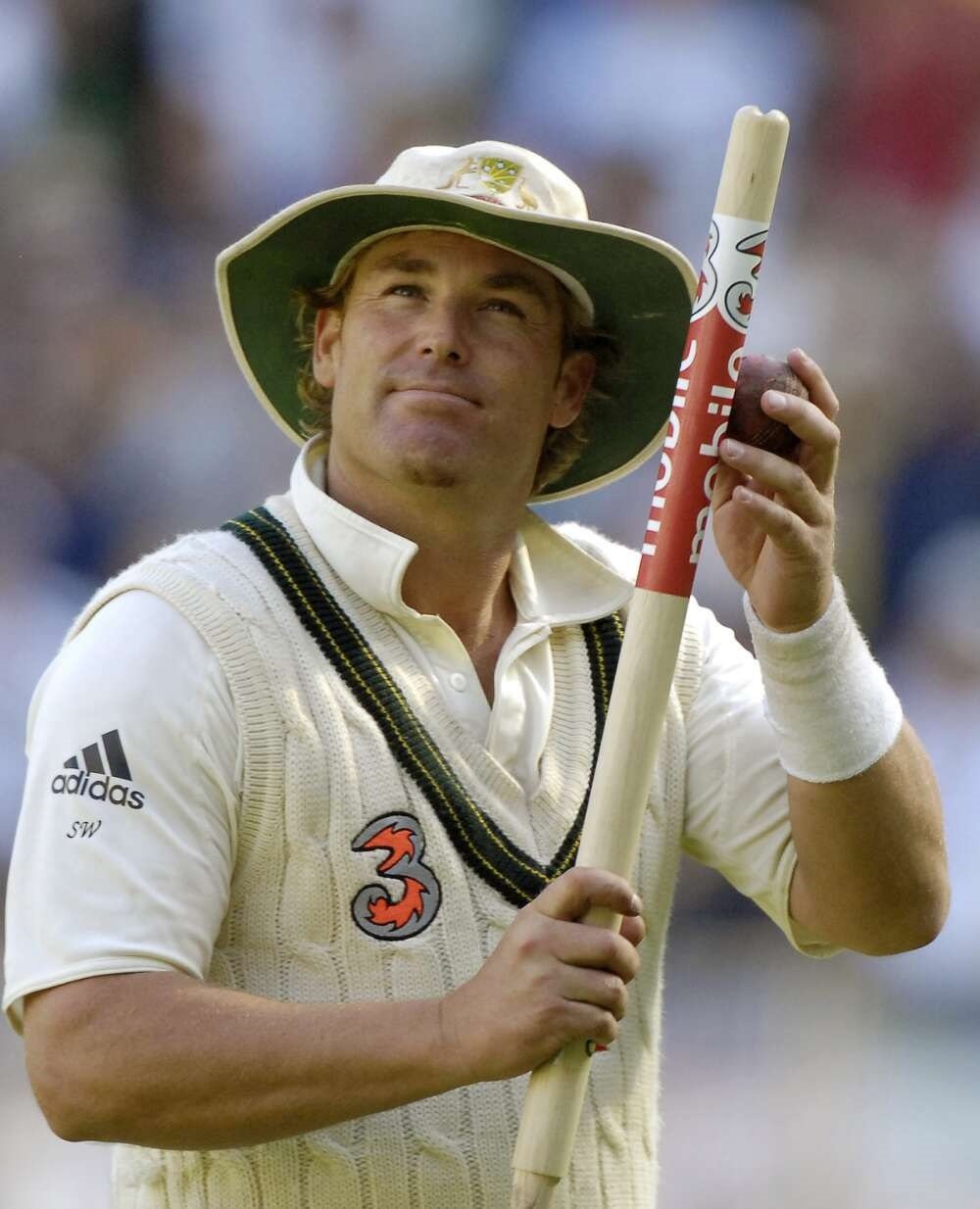
Steve Holland, Australian cricketer Shane Warne holding a cricket ball and stump at the end of the Fourth Test of the Ashes Series, at the Melbourne Cricket Ground, 28 December 2006, nla.gov.au/nla.obj-137980452
Visit us
Find our opening times, get directions, join a tour, or dine and shop with us.



